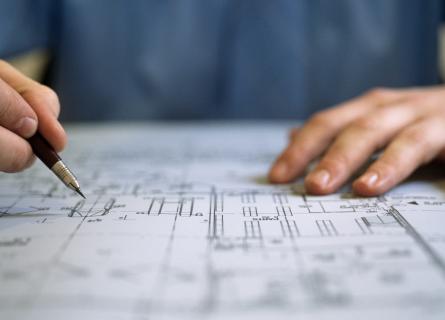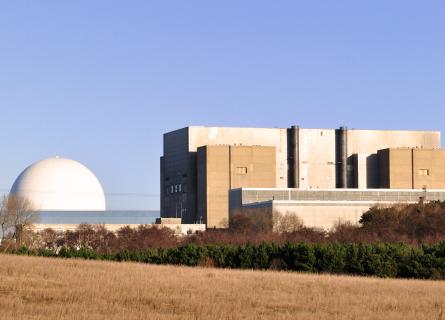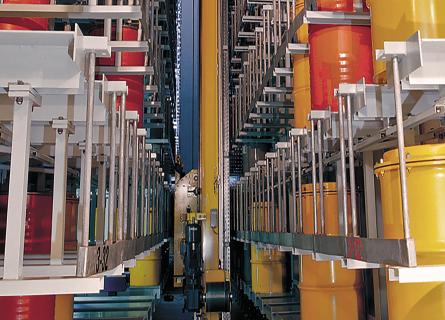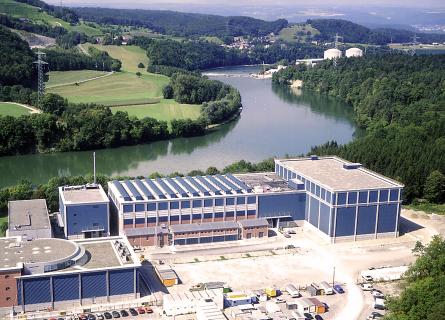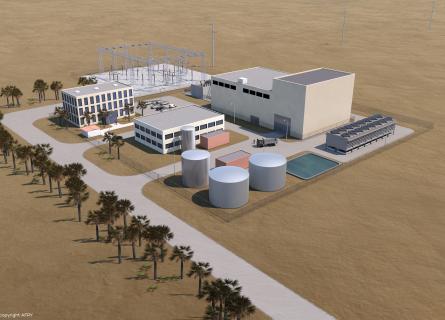
Severe Accident Analysis
Studying High Severity scenarios alongside more traditional safety methodologies (DBA/PSA)
Following the events at the Chernobyl Nuclear Power Plant in 1986, it was recognised that an additional tier of nuclear safety analysis was required. Severe Accident Analysis (SAA) considers high consequence scenarios regardless of frequency of occurrence. It identifies extreme hazards and hazard combinations, and examines scenarios not traditionally covered in UK safety case Design Basis Assessment (DBA) e.g. malevolent acts or freak weather events.
AFRY's nuclear consultants combine a vast experience and expertise with new dynamic conditions to provide complex nuclear safety analyses for the nuclear power industry.
On 11th March 2011, a 9.1 magnitude earthquake, followed by a tsunami, occurred at the Fukushima Daiichi Nuclear Power Plant (NPP). This disaster lead to significant damage and a series of catastrophic failures at the site and the second biggest nuclear disaster in history.
Since the Fukushima Daiichi event in 2011, there has been an effort to increase the focus on Severe Accident Analysis (SAA) alongside the more traditional nuclear safety methodologies of Design Basis Analysis (DBA) and Probabilistic Safety Assessment (PSA). SAA also covers severe fault sequences that could collectively lead to a similar major release. The Japanese earthquake in 2011 and subsequent events have also prompted fundamental reviews of the resilience of nuclear sites against severe domino events such as those that occurred at the Fukushima Nuclear Power Plant.
How SAA is used
SAA is used to determine the systems response to severe accidents that are Beyond the Design Basis (BDB) with the potential to cause exposure to dosage of greater than 500 mSv for site workers or 100 mSv for members of the public. Additionally faults or fault sequences that cause the unintended movement of radioactive material in a given facility which place strain on the remaining physical barriers can be classed as a severe accident.
SAA is also used to:
- help resolve specific severe accident issues, and to support emergency planning programmes
- develop and validate accident management programmes and emergency response provisions
- identify any possible fault or accident sequence that could lead to consequential failures or domino effects causing severe accident conditions
- identify where safety measures can be implemented to help prevent any Severe Accidents from developing.
How SAA benefits the client
Clients benefit from our expertise in the application of SAA by:
- Helping to resolve specific SAA issues and support of emergency planning programmes.
Clear across all possible scenarios is the benefit that SAA can bring to any emergency action plan necessary for a facility. Worst case scenarios with the potential for large releases of radioactive material are considered during the SAA process. Using this information to develop emergency procedures reduce exposure of individuals and the environment to harm while also highlighting areas of existing plans that would fall short in the case of a serious release. - The design and development of SAA mitigation provisions.
Engineered safety measures are vital to the safe running of a nuclear facility. The SAA assessment focuses on mitigation techniques because, in order to reach the circumstances that a SAA is relevant, many prevention and protection measures have failed. Thus SAA can inform the development of reasonably practicable preventive or mitigation safety measures which may remove or reduce the risk of that particular event or sequence of events transpiring.
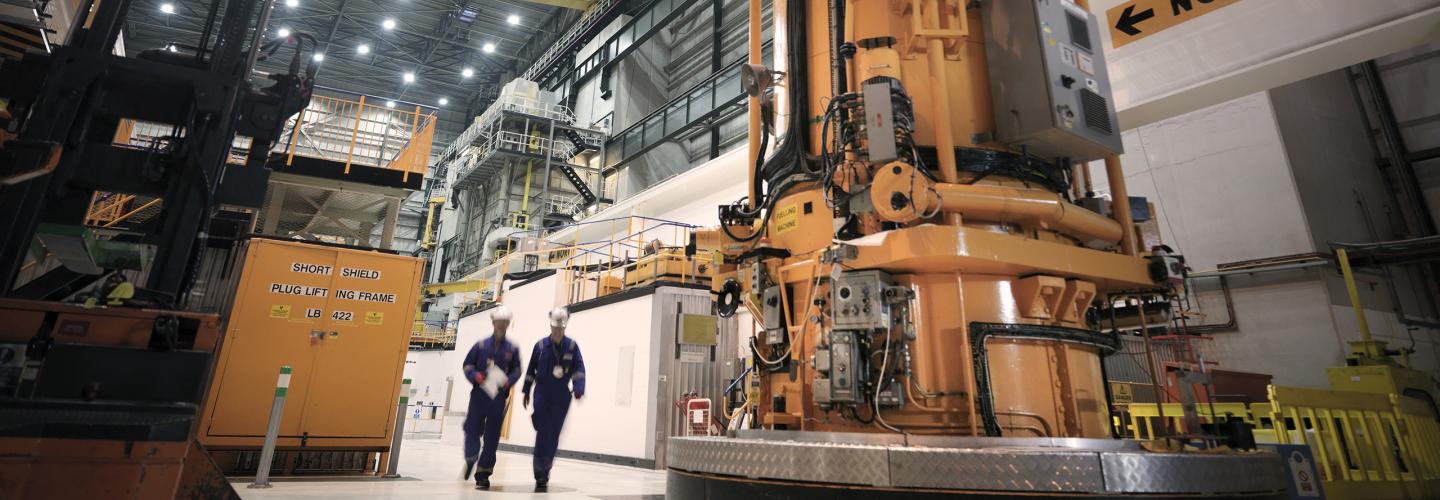
AFRY's services for SAA, REPPIR and Domino Effects
The aims of Severe Accident Analysis are to evaluate a system’s ability to resist faults or fault sequences that can lead to a large release of material. There are multiple circumstances where performing a SAA is important:
- High consequence scenarios regardless of frequency (beyond DBA)
Beyond design basis is a term used to describe high consequence scenarios that were excluded as design drivers during the design process on the grounds of significantly low frequency of occurrence. SAA is necessary to interrogate the effectiveness of existing mitigation measures and determine expected consequences should a Beyond Design Basis Event (BDBE) occur. Development of any emergency procedure or evacuation plan for the facility can be informed using information gained during an SAA and reduce the impact felt by individuals and the environment should a BDBE occur. A scenario could also be described as beyond DBA if the consequences of a sequence of smaller failures, even those within the Design Basis, are cumulatively severe enough to cause significant dosage uptake by the worker, public or environment. - Identification of extreme hazards and compound hazards
The requirement for some form of analysis for extreme hazards and hazard combinations has been highlighted by the accident at Fukushima Daiichi NPP. Here the combination of extreme weather hazards led to the second most severe nuclear accident in history. This can allow for the consideration of hazards that may have been discarded during the HAZOP process as incredible but the consequence of which could be catastrophic. - Scenarios not traditionally covered in a Safety Case, e.g. malicious acts
Similar to extreme hazards, SAA can also allow for investigation into possible scenarios that are not considered during the regular assessment process. Once again informing emergency action plans and mitigating factors in case of events such as a terror attack.
AFRY has the expertise to provide production of SAA technical reports for clients' sites. We are experienced in the application of SAA to reduce the time/cost of other projects through the review of existing nuclear safety assessments and consultation of technical experts.
The Radiation (Emergency Preparedness and Public Information) Regulations (REPPIR) are a set of regulations that were introduced by the UK government to protect the health of the public and workers from the danger of ionising radiation in the event of a radioactive accident. Originally introduced in 2001 and updated in 2019, the regulations lay out the nuclear safety standards needed to protect from the hazards that arise from the release of ionising radiation.
Duty is placed upon the operator of a given facility to identify hazards in the workplace that can cause a radioactive emergency. Identified hazards are assessed to determine the possible consequences and an emergency strategy is developed to be implemented in the event of any of hazards occurring. This Emergency Strategy also includes input from local authorities in order to best protect the public.
AFRY specialists can provide a REPPIR analysis for the entirety of a nuclear licensed site utilising information from individual Safety Cases and Severe Accident Analysis. We are experienced at producing REPPIR analysis and work with our clients to ensure their emergency arrangements are adequately designed.
Interest in Domino Effects on nuclear facilities was galvanized by the events at Fukushima Daiichi Nuclear Power Plant. During the earthquake and the tsunami that followed, three of the Pressurised Water Reactors were offline for inspection with the remaining three operating normally. When the earthquake struck, these 3 remaining reactors shut down and would have switched to external power sources, had they not been disrupted by the earthquake. This then required the 6 emergency backup diesel generators to come online in order to provide cooling to the core. Upon the arrival of the tsunami, the flood defences were overwhelmed by a wave that was significantly higher than any defence had been designed for, causing 5 of the 6 generators to become submerged and cease functioning. As more systems became flooded, including the seawater pumps, the residual heat removal system failed and the core temperature of Units 1-3 began to rise causing a Loss of Cooling accident, seconded in its severity only by Chernobyl.
A Severe Accident Analysis combined with a Domino Effects study may have identified this potential chain of events allowing the site to change designs and put measures in place to prevent or mitigate the effects of this scenario.
A Domino Effect study was undertaken by AFRY as an exercise to better characterise the potential effects that Severe Accidents would have to individual buildings at a Nuclear, High Hazard client site. It employed a pioneering Site Effects Matrix to visually demonstrate fault consequence significance via traffic light colour coding. These domino effects can be the cause of Severe accidents such as that occurring at Fukushima Daiichi NPP.
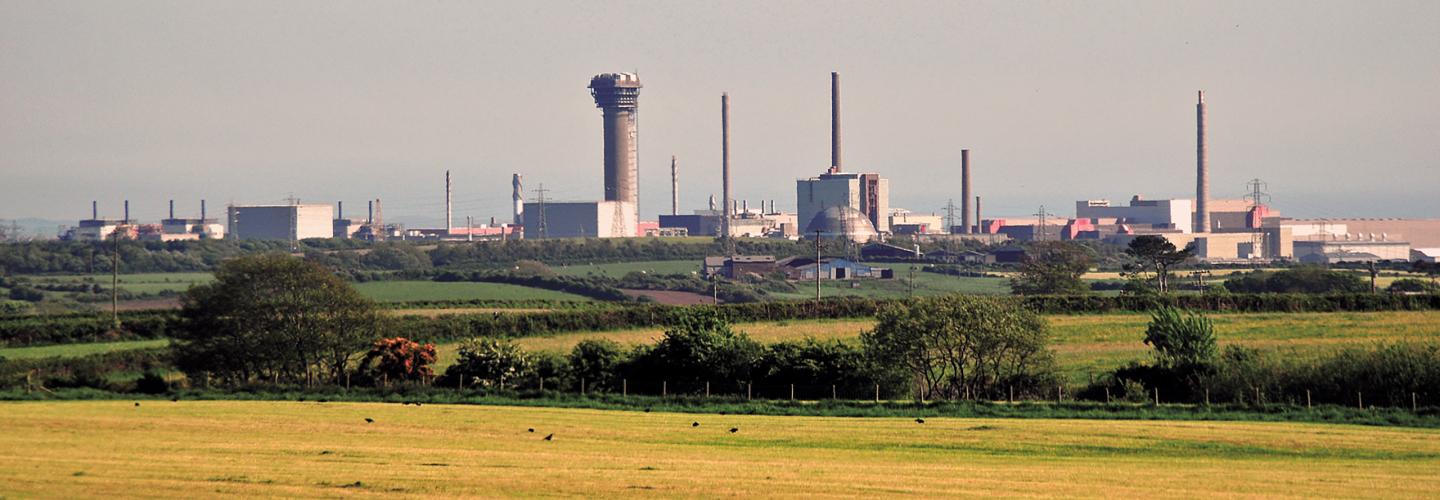
Domino Effects (Nuclear & Conventional) Study for Sellafield
The Domino Effect study was undertaken at AFRY to better understand the effects on individual site buildings due to severe accidents, with it employing a multi-phase approach. Initially other nuclear licensees and high hazard industries both UK and international were researched and none were found to be applicable, so a bespoke approach was agreed with the client. Gap analysis was completed for existing client assessments against Domino initiators and found to be sufficient individually but not collectively. Radiological dose to on-site workers was identified as the area which would provide the greatest benefit to the client’s emergency planning arrangements. Every fault across the client site was reviewed to identify and characterise faults that could result in potentially domino significant on-site consequences. On-site consequence calculations were produced and documented in a series of grouped domino effects reports. Faults and consequences were overlaid onto the site's electronic map so that location specific consequences could be calculated from each fault for every building. A spreadsheet tool was used to produce traffic light style colour coding to indicate fault significance.

Interested in our offering? Contact us!

